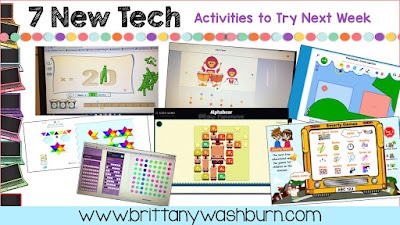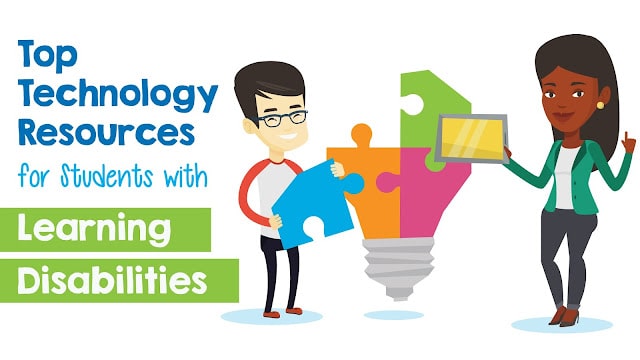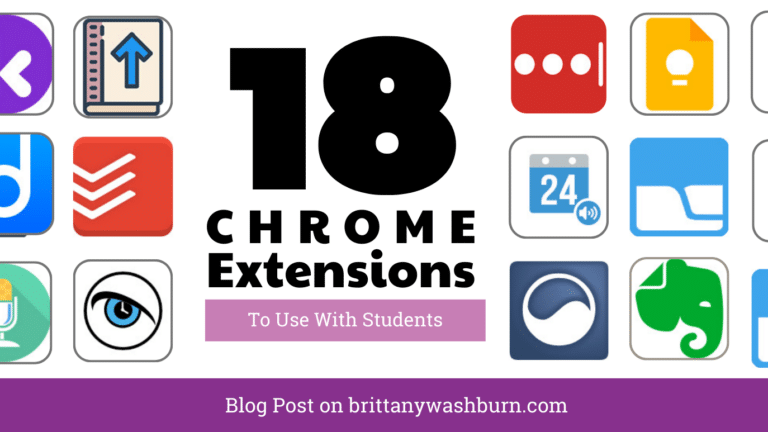From Doodles to 3D: Design Thinking Activities with Project Aqua
Creative Ways to Use Project Aqua in the Classroom or Homeschool Environment
Design Thinking, Visual Art, and 3D Prototyping Made Accessible
As an Adobe Partner, I’ve had the opportunity to explore Project Aqua, a free, ad-free creative app for kids and parents. One of the things that immediately stood out to me is how well it supports design thinking, visual-spatial reasoning, and creative problem-solving—whether you’re teaching in a classroom or learning at home.
Project Aqua turns drawing into a hands-on, iterative process. Students sketch an idea, watch it transform into a 3D model, and then use augmented reality (AR) to place their creation in a real environment. This makes the app a powerful tool for guiding learners through the Imagine → Create → Test → Revise cycle that is central to makerspace and STEM programs.
Below, I’ll share several activity ideas you can use with learners of various ages and skill levels.
What Is Project Aqua?
Project Aqua is a creativity app designed to help kids and parents explore drawing, storytelling, and 3D art in a safe, playful space. The app includes:
- Professional-level drawing tools simplified for younger artists
- The ability to transform a drawing into a 3D model
- An AR mode to place the model into real space (classroom, bedroom, etc.)
- A personal gallery, where creations are saved as part of an ongoing portfolio
Because the gallery allows students (and parents) to look back at earlier work, learners can see their growth over time, which is an important part of building confidence and perseverance.
How the 3D Feature Works (Step-by-Step)
- Open the 3D drawing section of Aqua.
- Use brushes, shapes, and color to sketch an object or character.
- Tap to allow the AI to render the drawing into a 3D model.
- Choose View in Room and slowly pan your camera so the app can detect surfaces.
- Place, scale, or rotate the 3D model in the environment.
- Take a photo to save it to the personal gallery.
This simple workflow mirrors the prototype → test → refine structure used in design and engineering projects.
Activity Ideas for Classroom or Homeschool
1. “Invent a Desk Buddy” Design Challenge
Students draw a small character or tool that would make working at a desk easier—such as a pencil organizer, reminder helper, or bookmark holder.
After viewing it in 3D and AR, they reflect on:
- What problem does it solve?
- How could the design be improved?
Skills: Critical thinking, ideation, visual design, communication
2. Create a 3D Class Museum
Each student draws something connected to a shared topic (animals, inventions, literature characters, community helpers, etc.).
Their finished pieces become part of a class museum experience.
Parents can view and celebrate the work during conferences or open house events.
Skills: Reflection, creative expression, community building
3. Storytelling with 3D Characters
Students design a character, then write a short narrative about who they are and what they do.
They can take photos of the character placed in different environments using AR to illustrate scenes from the story.
Skills: Narrative writing, character development, visual communication
4. Design a Study Space or Reading Nook
Students sketch furniture and layout ideas, then place their model in the classroom or their room using AR to check scale and arrangement.
Skills: Spatial reasoning, interior design concepts, planning
5. STEAM & Subject-Area Integration
Use Project Aqua to illustrate:
- Science concepts (animals, biomes, plant structures)
- Social studies themes (historical figures, buildings, community roles)
- Math-based models (shapes, symmetry, patterning)
Students place their 3D model in the environment and analyze:
- Scale
- Shape
- Function
- Materials (real vs. imagined)
Using Project Aqua with One Device
Even if you only have access to one iPad, you can still use Aqua effectively:
- Set up a rotating creation station
- Use pass-and-play collaborative drawing challenges
- Demonstrate features via projector or screen mirroring
- Host gallery walks where students reflect on each other’s work
Reflection Prompts
Encourage deeper thinking with prompts such as:
- What was your idea and what inspired it?
- How did the 3D version change the way you think about your design?
- What would you revise if you made a second version?
- How did you work with the AI to bring your idea to life?
These questions help students build confidence and learn to talk about their creative process.
Final Thoughts
Project Aqua provides a thoughtful way to help learners see themselves as creators, not just consumers of digital content. The ability to turn drawings into 3D objects and place them into the real world adds a level of delight, reflection, and design awareness that strengthens long-term creative confidence.
You can download Project Aqua on iPhone and iPad and begin exploring these activities in your classroom or home learning environment.






